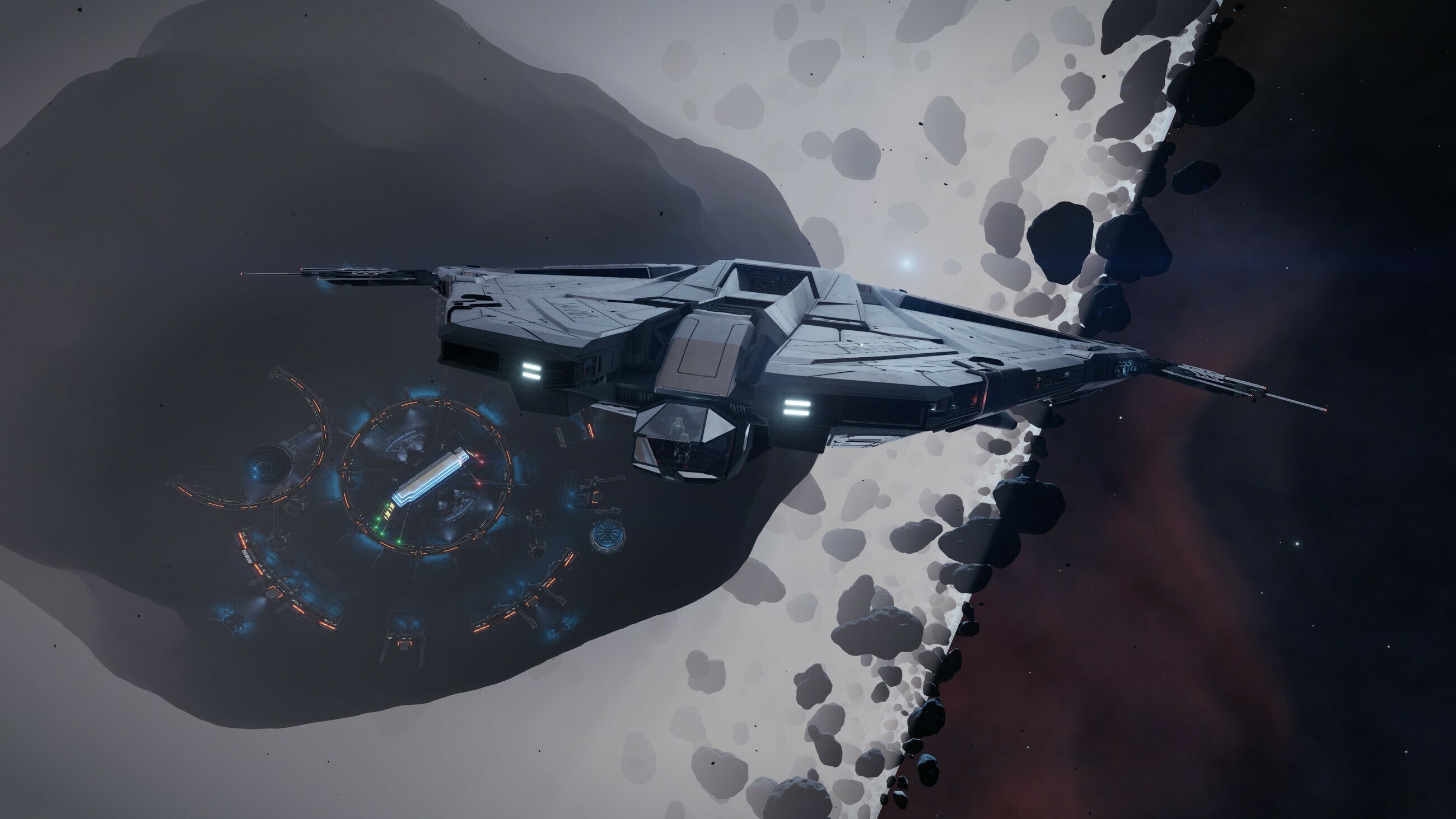Floating between the stars
19 Dec 2022N.Copernicus
I'm sitting in VR in my Krait Phantom listening to Carbon Based Lifeforms (CBL). I look at the rocks, which look very vivid in VR, and steer my ship safely through the asteroids.
Originally, astronomers believed the asteroid belt was formed after the destruction of a large planet. This theory came from Heinrich Olbers, whom we mentioned above. The hypothetical planet was given the name Phaeton. The "destroyed planet hypothesis" was supported by many astronomers around the world and remained influential until the end of the 20th century.

According to modern studies, the asteroid belt is more likely a planet that never formed. About 4.6 billion years ago, in the early days of the solar system, small chunks of cosmic dust (planetesimals) formed through an accretion process. Some of the planetesimals eventually became the planets we know today. However, in the region between Mars and Jupiter, the gravitational influence of Jupiter did not allow the planetesimals to coalesce into a planet - instead, they collided and fragmented. That's why we now see the asteroid belt in this area.
What is the asteroid belt made of?
The asteroid belt consists mainly of C-type or carbon-rich asteroids. The other common types are S-type or silicate-rich asteroids and M-type or metallic asteroids.
The vast majority of asteroids are relatively small - only about 30 asteroids are more than 200 km in diameter. The largest objects in the asteroid belt are Ceres (940 km), Vesta (525 km), Pallas (510 km), and Hygiea (410 km). These four celestial bodies account for about half of the mass of the entire asteroid belt. It is important to note that Ceres is now considered a dwarf planet, making Vesta the largest asteroid in the main belt.
